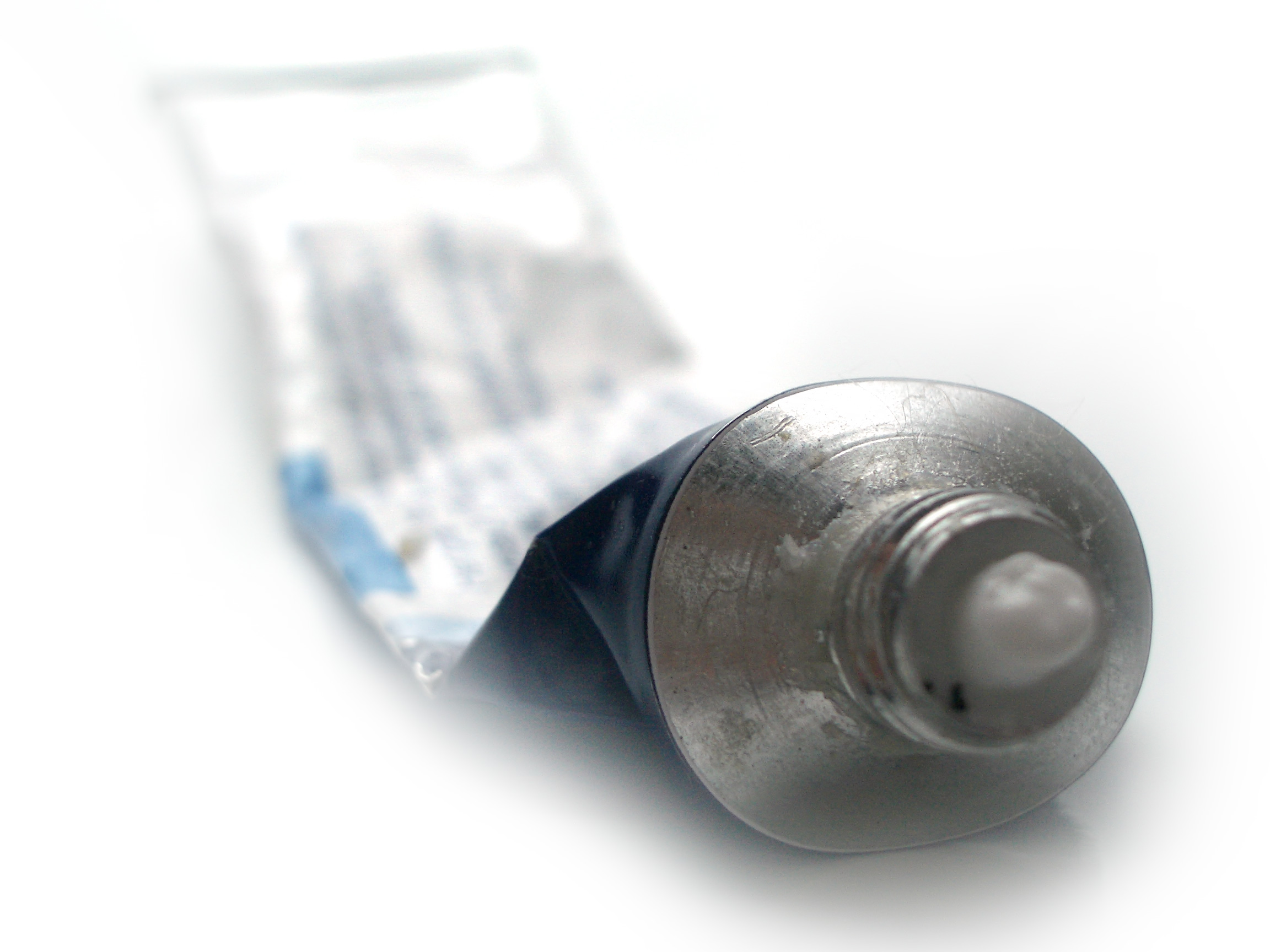Five Ways to Get CRISPR into the Body

The gene-editing technology CRISPR has the potential to treat—and possibly cure—any number of diseases. But in order for the DNA editing to happen inside you, CRISPR needs to find its way to the right part of the body.
That mostly means getting a DNA-cutting protein called Cas9, normally found in bacteria, to work in your cells. To do that, researchers are trying out some surprising delivery techniques. Here are some of them:
Gels and creams.
Among the first attempts to use CRISPR in humans is a trial planned in China for treating human papillomavirus, the most common sexually transmitted infection. Most infections cause no symptoms and go away on their own, but left to persist, HPV can cause cervical and other cancers. A vaccine to prevent HPV is available, but there are no treatments for people who already have the virus. Chinese researchers are developing a gel that contains DNA coding for the CRISPR machinery. The topical treatment is designed to inactivate the viral genes of HPV while leaving the DNA of healthy cells intact. The trial will enroll women with HPV infections; they’ll receive the gel twice a week for four weeks. The gel will be applied directly to the cervix.
Drinkable or edible CRISPR.
Resistance to antibiotics is growing in the U.S. and around the world, so much so that certain bacterial infections are becoming deadly. As an alternative to traditional antibiotics, a CRISPR pill or drinkable liquid could be one new way to fight these germs. Jan-Peter Van Pijkeren at the University of Wisconsin-Madison, along with startup companies like Eligo Bioscience and Locus Bioscience, are developing CRISPR therapies that tell harmful bacteria to make fatal cuts to its own DNA. The CRISPR mechanism would be added to “good” bacteria, or a probiotic, that a person could swallow as a pill or a liquid. Unlike antibiotics, which kill both bad and beneficial bacteria, a drinkable or edible CRISPR probiotic would be specific to a patient’s bacterial infection, only killing the harmful germs.
Ear injections.
Zhen-Yi Chen, an ear specialist at Harvard, is interested in whether CRISPR could reverse gradual hearing loss. Delicate hair cells in the inner ear are what pick up sound and allow us to hear. These cells can become damaged by too much exposure to loud noises or a flaw in a person’s DNA. The latter is what Chen is hoping to treat with CRISPR. He’s given mice direct injections of CRISPR in their ears to disable a gene called TCM1. Treated mice were still hearing by two months of age. Next, Chen is hoping to try his approach in pigs.
Skin grafts.
CRISPR skin patches could be a needle-free way to manage type 2 diabetes. Researchers at the University of Chicago used the skin grafts on mice to reduce obesity and blood sugar levels. In type 2 diabetes, a person’s blood sugar is too high because the body either can’t make insulin or resists its effects. Insulin is a hormone that regulates blood sugar. With CRISPR, scientists modified a gene that makes a hormone needed for insulin production. They then inserted the gene into skin cells, grew the cells in the lab, and grafted the gene-altered skin onto mice. After eating a high-fat diet, mice with the CRISPR skin grafts gained less weight than a control group that didn't get the grafts. They also showed less insulin resistance, a precursor to type 2 diabetes. Xiaoyang Wu, an associate professor at the University of Chicago, says the grafts could be used for other diseases, too. For diabetic patients, he says, the biggest benefit is that they wouldn’t have to inject insulin daily.
“Ex vivo” therapy.
Many CRISPR therapies will likely involve modifying patients’ cells outside the body—or “ex vivo”—then infusing them back into the body. For some diseases, scientists may only want to apply gene-editing to select cells or tissues in the body, such as bone marrow cells. Ex vivo gene therapy allows researchers to remove certain cells, apply CRISPR to them, and culture them in a lab. This also allows those preparing the cells to observe whether the gene editing has actually worked before putting the edited cells back into the body. This approach has been studied in clinical trials of some traditional gene therapies, which use a modified virus to shuttle genetic material into the body. Investigators think this method could work for treating sickle cell disease.
Deep Dive
Biotechnology and health
How scientists traced a mysterious covid case back to six toilets
When wastewater surveillance turns into a hunt for a single infected individual, the ethics get tricky.
An AI-driven “factory of drugs” claims to have hit a big milestone
Insilico is part of a wave of companies betting on AI as the "next amazing revolution" in biology
The quest to legitimize longevity medicine
Longevity clinics offer a mix of services that largely cater to the wealthy. Now there’s a push to establish their work as a credible medical field.
There is a new most expensive drug in the world. Price tag: $4.25 million
But will the latest gene therapy suffer the curse of the costliest drug?
Stay connected
Get the latest updates from
MIT Technology Review
Discover special offers, top stories, upcoming events, and more.